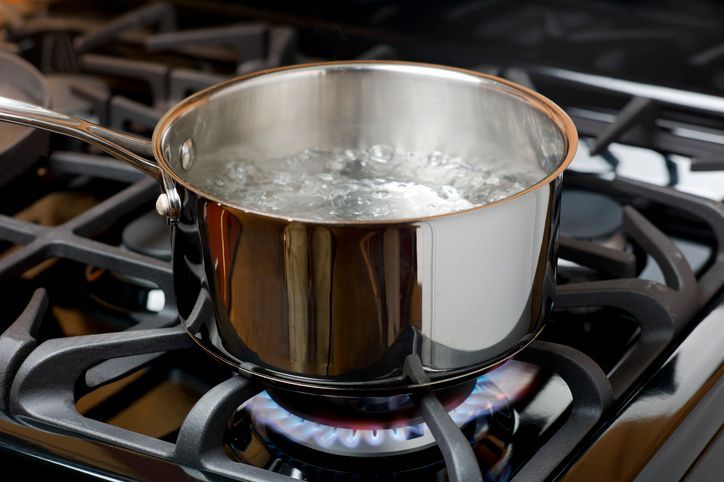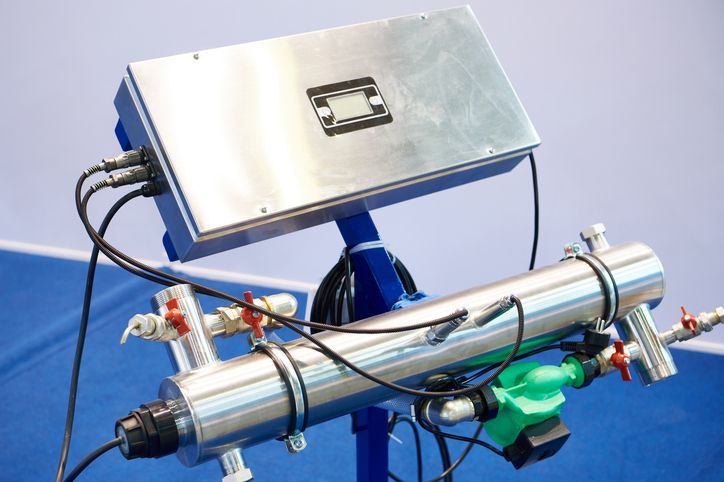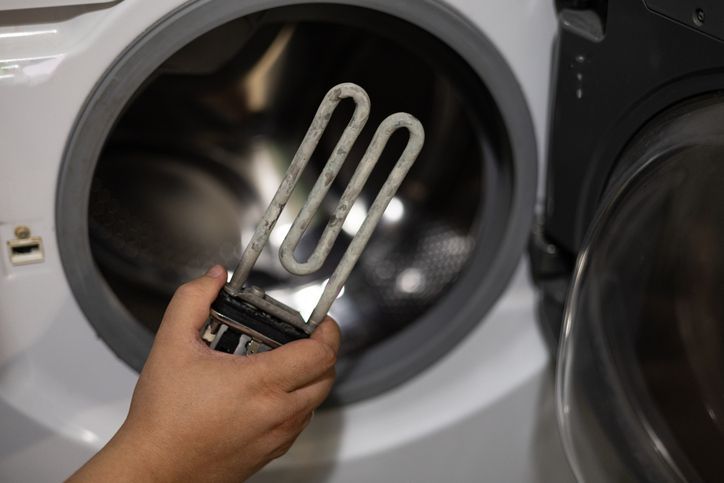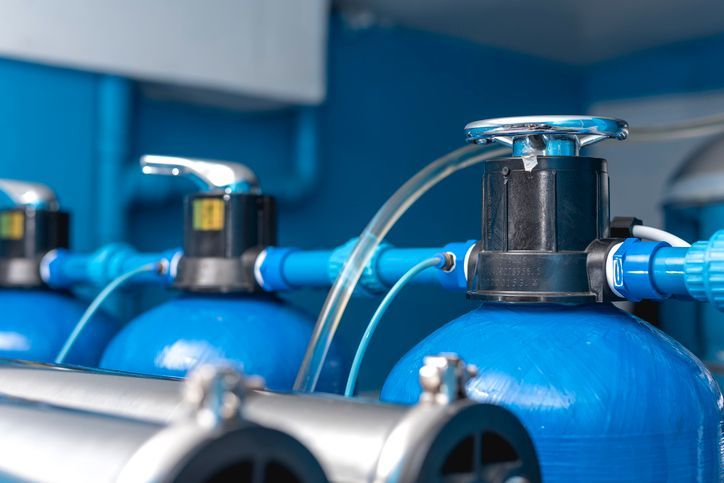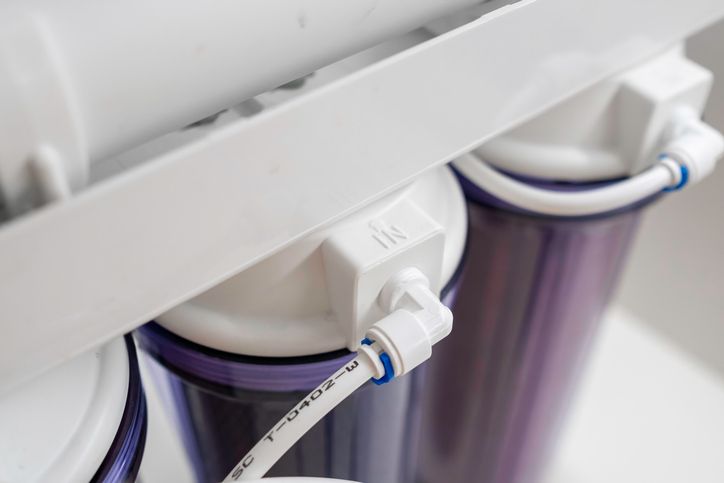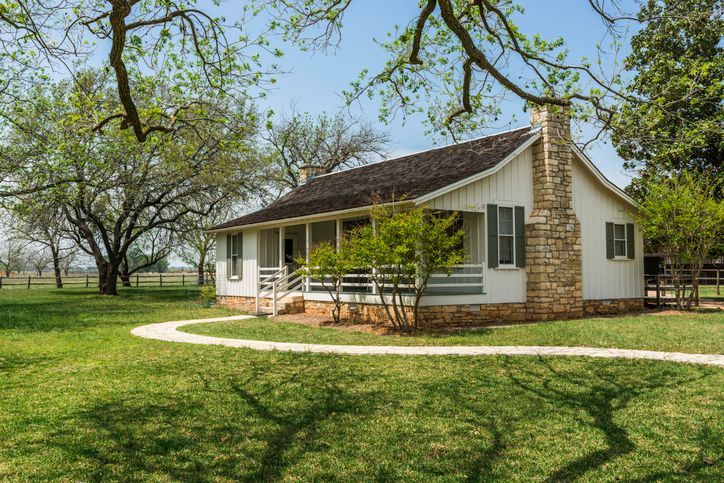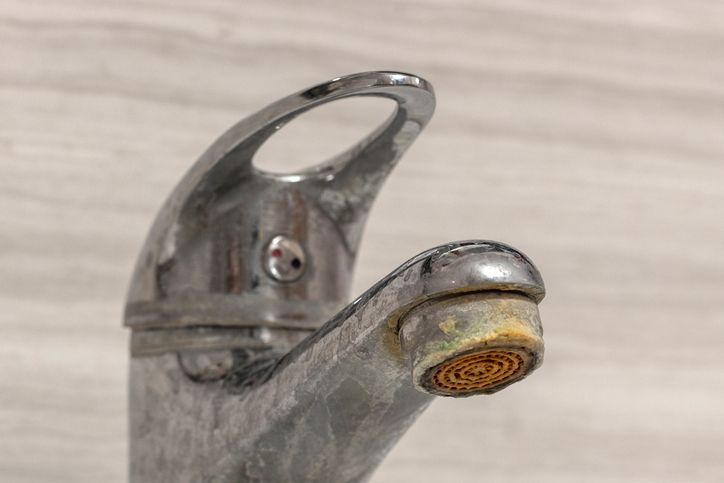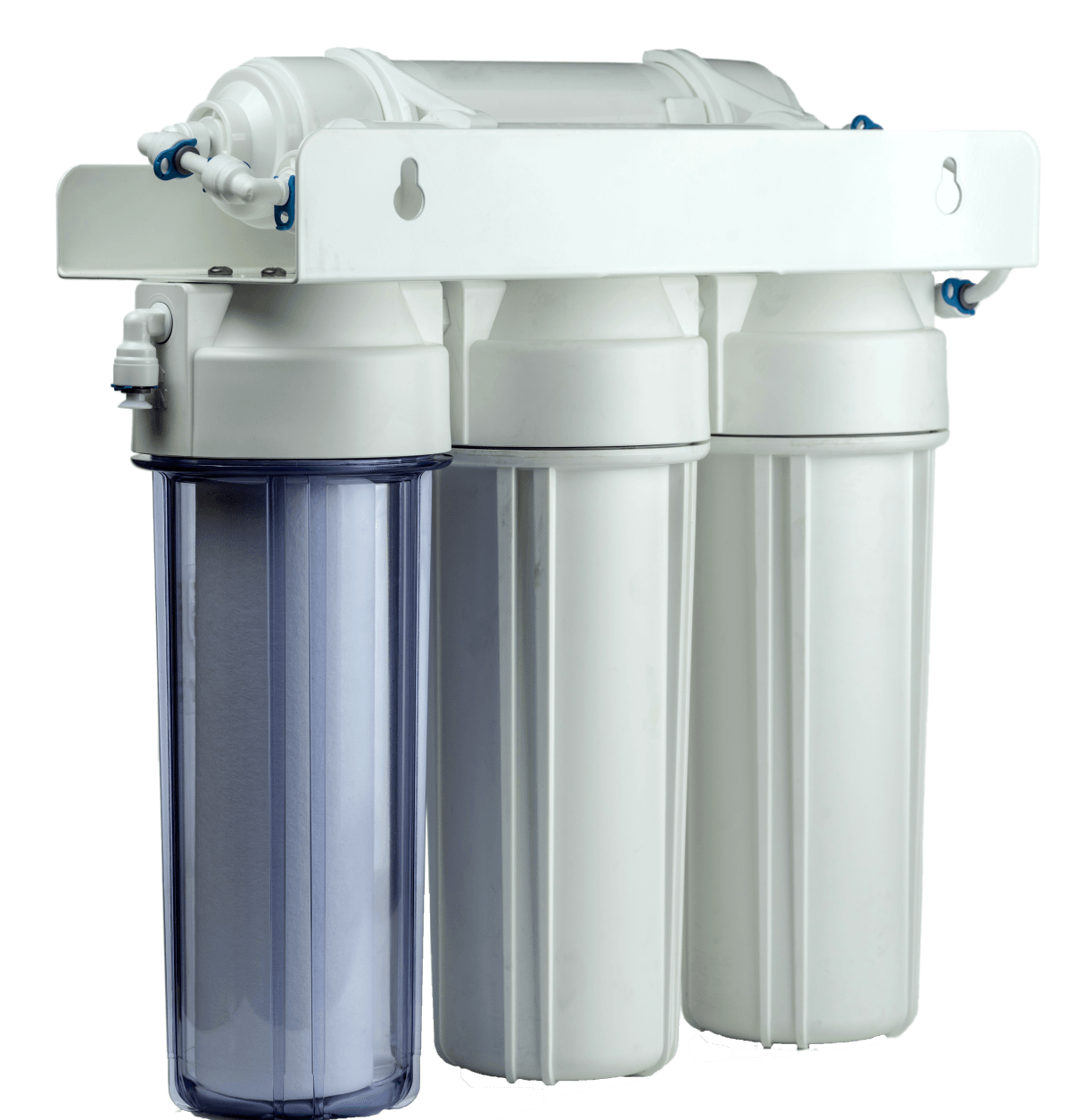Parts of a Water Softener System
Guide to Understanding Your Water Softener
If you have hard water, you may have begun researching your options for resolving this issue. A water softener is a great way to help soften your water and make it more palatable along with other various benefits. However, you may be wondering how this technology works before you make the decision to purchase it.
Components of a Water Softener
When it comes to salt-based water softeners, they are simple machines. They consist of three main parts, including:
Brine Tank
This is a shorter tank that stores salt for the system. This tank holds up to 300lbs of salt or more. This tank is used to create a highly concentrated saltwater solution called brine which is used for regeneration.
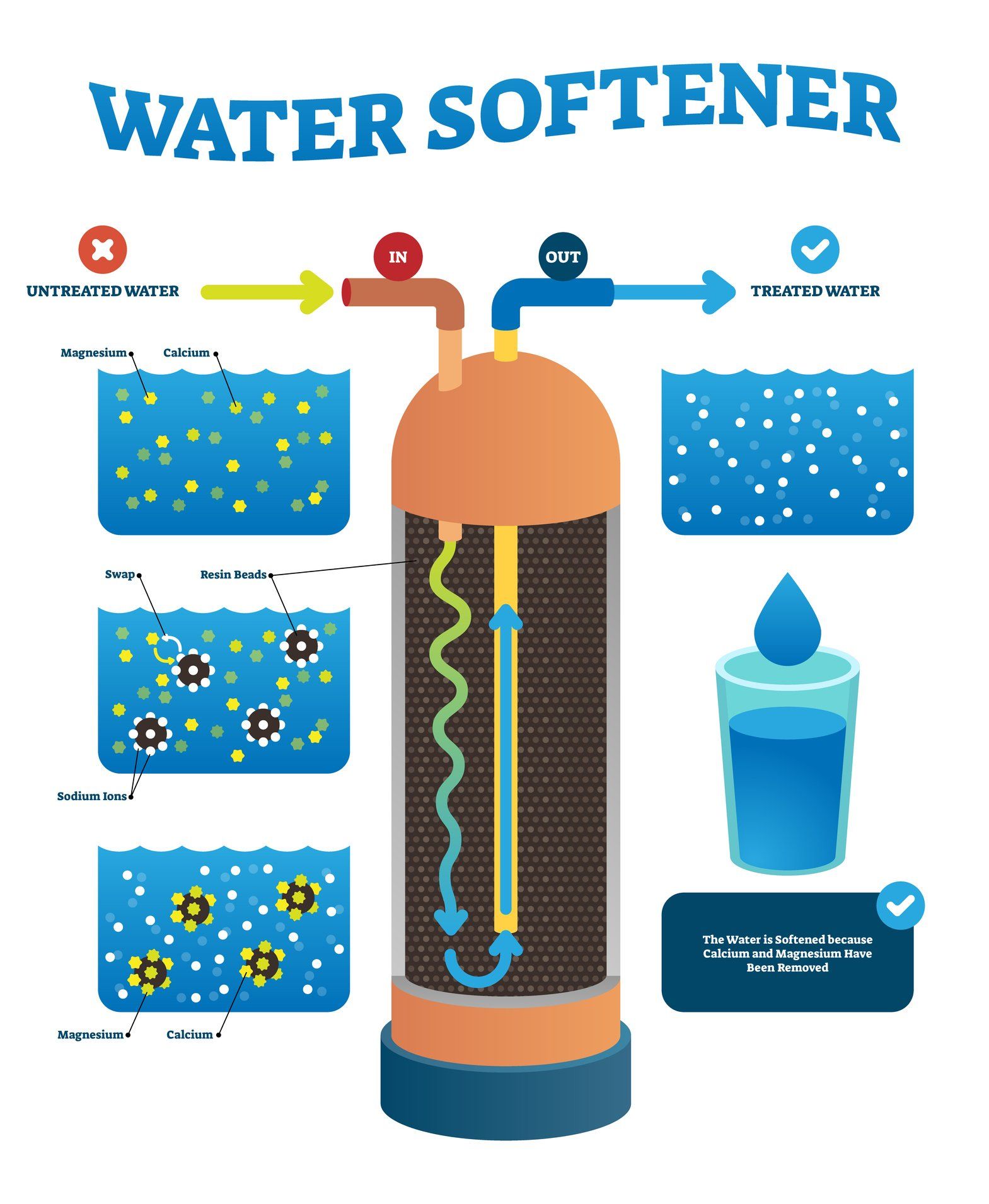
Resin Tank
This is a taller tank where the water softening takes place. This tank contains a bed of resin that is covered in sodium ions.
Head Valve
The head valve, also called the control valve, is located on top of the resin tank. This is the part of the softener that operates the system and puts it through the various cycles. It also controls the water flow direction and the rate of water flow.
Other crucial parts of a water softener include:
Valve Motor
This motor is used to rotate the rotor valve so that it can perform different operation modes like regeneration and softening.
Built-in Bypass
This bypass turns off the water supply to the softener to allow for regeneration, repair, and maintenance. This is not available for every water softener model.
Softening Resin Media
Resin media is a natural or synthetic material similar to sand. It is typically a polystyrene compound.
Salt
Salt is mixed with water to create a highly concentrated solution of sodium chloride.
Flowmeter
This component is used to measure the amount of water that passes through the softener and is not available for all models.
Riser Tube
Also called the distribution tube, the riser tube is located in the center of the resin tank and works to channel water out of the resin tank and to the head valve. This tub has a basket at the bottom that prevents the resin from leaving the tank.
Fill Tube
This tube is used to connect the brine tank to the head valve, drawing brine during regeneration and also drawing brine to refill the brine tank.
Brine Float Assembly
This component safely shuts off the water supply at a certain level to prevent overfilling.
Brine Injector
This injector works by sucking brine into the resin tank and uses mesh or a type of screen to trap any dirt.
Pre-Filter
This is another optional feature that traps particles such as silt or sand to help extend the life of the water softener. This is a crucial part if the water is coming from a well.
Grid Plate
The grid plate is placed inside the brine tank. The salt grid sets the volume of the water in the brine tank, which allows for a measured quantity of saturated salt brine, which contains a fixed amount of dissolved salt per gallon of water.
How Does A Water Softener Work?
Now that you understand the various components that make up a water softener, we can move on to how they all work together to soften the water.
Hard water is distributed to your home containing hardness minerals such as magnesium and calcium as well as manganese and iron. When you utilize a water softener, the water comes in from your main supply line, which then passes the bypass and enters the head valve. From this point, the water is directed to the resin tank and then down to the distribution tube.
As it travels to the tube, the water comes in contact with the resin beads that have been saturated with sodium ions or, in some cases, potassium. These beads remove the hard minerals from the water through ion exchange. This is a process where the positively charged hardness ions attach to the negatively charged ion beads, which then replace the hardness minerals with sodium.
Once the minerals are removed, the water comes up the riser, flows into the head valve, and is distributed through the home.
Water Softener Installation Services in Butler
At Aqua Solutions, we can help you determine the best water softening solution for your home. Call today to speak with our expert team!
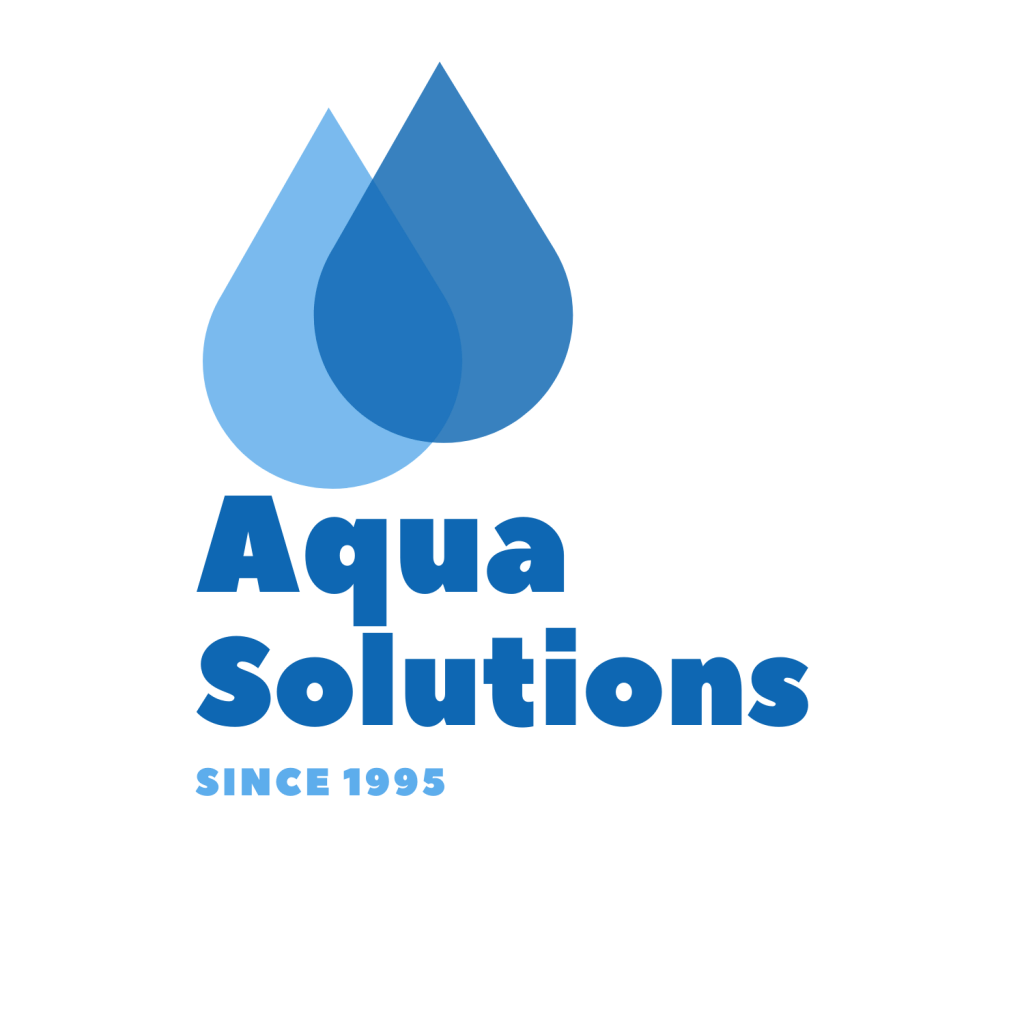
Author:
Gary Monks
Gary Monks has led Aqua Solutions since 1997, earning recognition as a water treatment expert with 25 years of experience. Renowned in Butler, he has won the Best Water Treatment award for three years and actively supports the community, including local sports and radio engagements.
